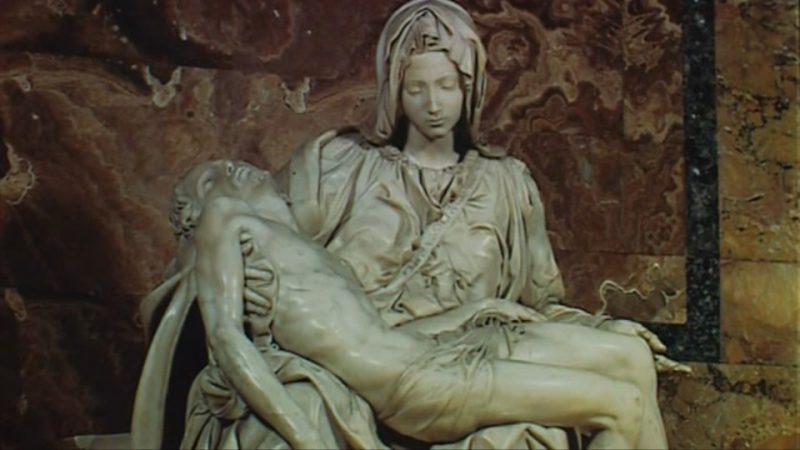The spectacular sculptures and paintings of Michelangelo seem so familiar to us, but what do we really know about this Renaissance genius, and who was this ambitious and passionate man? A virtuoso craftsman, Michelangelo’s artistry is evident in everything that he touched. Spanning his 89 years, this episode takes a cinematic journey from the print and drawing rooms of Europe through the great chapels and museums of Florence, Rome and the Vatican to explore the tempestuous life of Michelangelo.
Michelangelo di Lodovico Buonarroti Simoni
Or more commonly known by his first name Michelangelo (6 March 1475 – 18 February 1564) was an Italian sculptor, painter, architect and poet of the High Renaissance born in the Republic of Florence, who exerted an unparalleled influence on the development of Western art. Considered the greatest living artist during his lifetime, he has since been described as one of the greatest artists of all time.
Despite making few forays beyond the arts, his artistic versatility was of such a high order that he is often considered a contender for the title of the archetypal Renaissance man, along with his rival and fellow Florentine Medici client, Leonardo da Vinci.
A number of Michelangelo’s works of painting, sculpture and architecture rank among the most famous in existence. His output in these fields was prodigious; given the sheer volume of surviving correspondence, sketches and reminiscences, he is the best-documented artist of the 16th century. He sculpted two of his best-known works, the Pietà and David, before the age of thirty.
Despite holding a low opinion of painting, he also created two of the most influential frescoes in the history of Western art: the scenes from Genesis on the ceiling of the Sistine Chapel in Rome, and The Last Judgment on its altar wall. His design of the Laurentian Library pioneered Mannerist architecture. At the age of 74, he succeeded Antonio da Sangallo the Younger as the architect of St. Peter’s Basilica. He transformed the plan so that the western end was finished to his design, as was the dome, with some modification, after his death.




